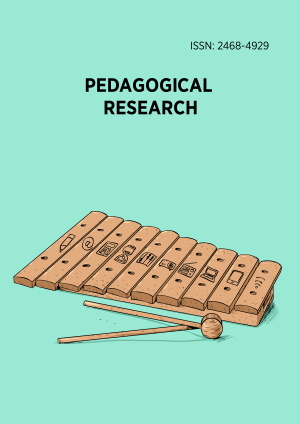Abstract
This study describes the characteristics of the test and its items used in the national-standardized school examination by applying classical test theory and focusing on the item difficulty, item discrimination, test reliability, and distractor analysis. We analyzed response data of 191 12th graders from one of public senior high schools in Yogyakarta City, Indonesia, to the examination on the elective mathematics subject. The results showed that both multiple-choice and essay items contained in the test were at a moderate level of difficulty. The lowest item difficulty index went to the multiple-choice item where students failed in interpreting straight and dashed lines and went to the essay item that required complex intra-mathematical connections. In addition, we only found one item which was poor in distinguishing student competence. Furthermore, students’ test scores on multiple-choice and essay items were reliable. Although most multiple-choice items had at least two functioning distractors, it was still found two items whose all distractors were not functioning. In this article, we provide some suggestions concerning improvement towards mathematics learning practices.
License
This is an open access article distributed under the Creative Commons Attribution License which permits unrestricted use, distribution, and reproduction in any medium, provided the original work is properly cited.
Article Type: Research Article
PEDAGOGICAL RES, Volume 8, Issue 1, January 2023, Article No: em0145
https://doi.org/10.29333/pr/12657
Online publication date: 21 Nov 2022
Article Views: 1524
Article Downloads: 1178
Open Access References How to cite this article
 Full Text (PDF)
Full Text (PDF)